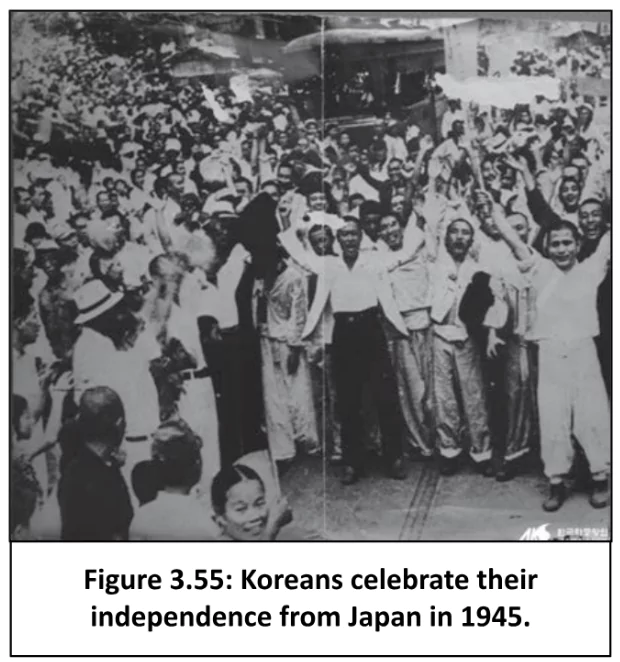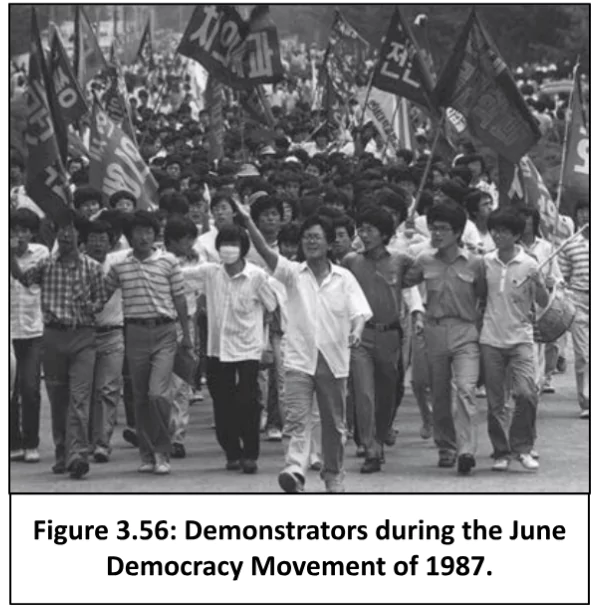![]() 19 Jul 2024
19 Jul 2024
King Taejo’s rise to power marked the start of the Joseon Dynasty (1392-1910), and Korea’s position as a tributary state to Ming China offered a period of relative peace. In the late nineteenth century, Korea faced internal political conflicts and increased external pressure from China, Japan, and Western countries. To address these challenges, Korea initiated modernization reforms encompassing various aspects of its government, diplomatic relationships, infrastructure, and society.

Annexation: Despite these efforts, Japan annexed Korea as its colony in 1910, bringing an end to the Joseon Dynasty.
Korean War: It erupted in June 1950, becoming a proxy war of Cold War era. South Korea received support from USA-led UN Forces, while North Korea was backed by communist China.
Nature of Economic Policy: Park Chung-hee (newly elected President of South Korea, October 1963 administration implemented a state-led, export-oriented economic policy to achieve rapid economic growth.
Military Coups and Protests: In December 1979, another military coup took place, led by Chun Doo-hwan.

Democratization: First direct presidential election since 1971 took place in December 1987, following the adoption of a new constitution in South Korea.
| Must Read | |
| Current Affairs | Editorial Analysis |
| Upsc Notes | Upsc Blogs |
| NCERT Notes | Free Main Answer Writing |
South Korea’s transformation since 1980s showcases a vibrant democracy. Peaceful transfers of power and the 2016 candlelight protests, in which citizens demonstrated peacefully within the boundaries of democratic law and systems, highlight its maturity. This commitment to democratic processes ensures a strong foundation for South Korea’s future.
| Related Articles | |
| ECONOMIC DEVELOPMENT | Peninsular Plateau in India |
| INDIA’S INDUSTRIAL LANDSCAPE | Korean War & Its impact on today’s geopolitics |
<div class="new-fform">
</div>